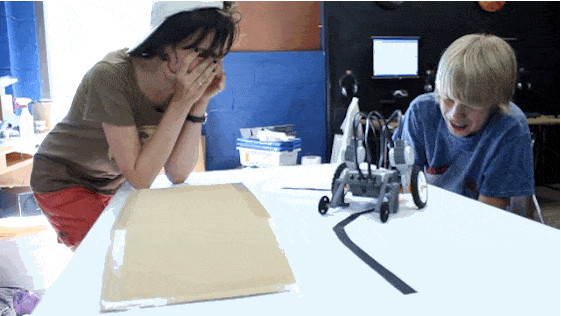Jupiter is one of the marvels in our solar system. Appropriately named after Zeus, it has a tremendous mass. In fact, it outweighs the rest of the planets of the solar system by a factor of two–and it knows how to throw its weight around! Its gravity holds 67 confirmed moons in orbit, including the largest four moons first discovered by Galileo known as the Galilean moons.
It also spins with incredible speed. Despite being large enough to hold 1300 Earths inside, it completes its daily rotation in only 10 hours! This means that at the equator, it is moving at 28000 miles per hour! Slight deviations from this speed cause its atmosphere contains incredible bands of clouds of different colors, including the famous Great Red Spot, a hurricane-like storm several times the size of Earth where two of these bands meet that has been raging on for at least 300 years!
Due to its larger orbit, Jupiter takes just shy of 12 years to go around the sun. This means that once every 13 months it forms a line with Earth and the Sun. With Earth squarely in the middle, the Sun and Jupiter are on opposite sides. This means that Jupiter is up while the sun is down. It is also the closest that the two planets get in their respective orbits. This year, it happens on February 6th and due to the shape of each planets’ orbit, it is the closest they will be until 2019! This arrangement is known as “Opposition”. Thirteen months later they will be back in opposition, so if you miss it, check back on March 8, 2016!
Due to the closeness of the two planets and the fact that Jupiter is up during the middle of the night during the time of greatest darkness, this is a great time to look at Jupiter. In fact, on a very dark night it is actually possible for the light from Jupiter to cast a shadow! With the 12” telescopes that we have at camp, we have a pretty big advantage over Galileo. His improved telescope in 1610 had a magnification of about 20x. The 12” telescopes are around 100x, allowing us to not only pick out its four Galilean moons, but also make out two reddish bands in Jupiter’s atmosphere, known as the North and South equatorial belts! It is truly an amazing sight.


